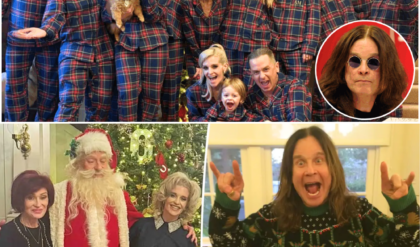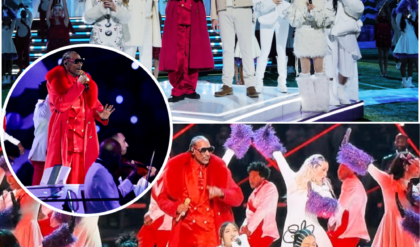Paramount and NBC’s epic production launched the miniseries as we know it, but there are key differences between it and FX’s series.
FX’s Shōgun has taken the world by storm, and rightfully so. Although the series isn’t a remake, 2024 isn’t the first time the story induced cultural fervor. Rewind the clock 44 years, and the original adaptation of James Clavell‘s novel scored 120 million viewers, according to Time. A venture co-funded by Paramount Television and NBC and shot entirely on location in Japan, the social enormity of 1980’s Shōgun can’t be overstated. Starring Richard Chamberlain as John Blackthorne, Toshiro Mifune of Seven Samurai and Rashomon (and many more Akira Kurosawa features) as Lord Toranaga, Yôko Shimada as Lady Mariko, and none other than Orson Welles voicing an intermittent narrator, Shōgun won Emmys, Golden Globes, a Peabody Award, and helped pioneer the miniseries format alongside 1977’s groundbreaking Roots. Clavell’s 1975 novel caused almost the same level of captivated hubbub. The one-two punch of epic book and epic limited series increased Western audiences’ interest in Japanese culture, history, and media.
From the beginning, the co-creators of the FX incarnation, Justin Marks and Rachel Kondo, drew inspiration from the book instead of modeling their take after the NBC series. Speaking to Variety earlier this year, Marks revealed that despite their engagement with Clavell’s text, he questioned whether a second Shōgun needed to exist. “It was the subject matter,” Variety wrote, “or Marks’ impression of it, from the book’s reputation and from its famed 1980 miniseries adaptation: his notion of a story about a white European arriving in a strange land.” This time around, Marks and Kondo, the production crew, and executive producer/leading man Hiroyuki Sanada chose to retain the story’s core elements, capture historical accuracy, and expand Shōgun‘s rich world past Clavell’s Eurocentric perspective — likely well-intentioned, given the depth of Clavell’s own research, but still inappropriate. Although the narrative beats between versions are nearly identical, their approaches and focus very much differ. When FX has altered the plot, their reasons — and the successful results — are tellingly significant.
The Original ‘Shōgun’ Has a Slower Pace
From a falcon’s eye view, some may find the 1980 Shōgun worth watching despite its flaws (your mileage may rightly vary) when armed with the context of its cultural significance and its small-screen achievements. Directed by Jerry London and adapted by Eric Bercovici, Shōgun‘s $22 million budget boasts spectacular costume, set, and prop design, and breathtaking location use that includes historical monuments as important as the Hikone Castle. The era’s stylistic nature means this Shōgun feels more theatrical than its grounded, pristine, and luxurious FX counterpart, but dated doesn’t equal bad; just different. Shōgun is an immensely impressive accomplishment that’s still engrossing and effective where it matters most.
Clocking in at around 14 hours compared to FX’s 10-episode run, Shōgun‘s pacing is slower, even if most events are the same. Extra scenes add additional detail, such as Blackthorne attempting seppuku (a turning point for the character), more of the Catholic priests’ scheming, and Blackthorne barely avoiding a sea battle with Portuguese ships. There’s much more of the rogueish Vasco Rodrigues (John Rhys-Davies). Initially, he tries to kill Blackthorne by tossing him overboard during a storm. John saves Rodrigues’s life regardless, which leaves Rodrigues guilt-ridden when the priests order him to kill Blackthorne. His attempt doesn’t get far, and the two stay frenemies until the end.
Another large alteration is both the time afforded to Blackthorne and Mariko’s star-crossed romance, which takes center stage enough to qualify Shōgun as a historical romance, and how said love story unfolds. Episode 9 of the modern iteration might gift us with another intimate scene before Mariko (Anna Sawai) leaves for Osaka, but the original Shōgun has them routinely sleeping together before Mariko insists they conclude their secret affair. Their love scenes are a sweet and genuine delight in their 1980s-appropriate fashion.
In comparison, the Shōgun of 2024 condenses the action, rearranges timelines, and swaps minor exchanges with synonymous situations. Perhaps the most surprising similarity is its groundbreaking violence and sexual content. Overall, incidents are tame by today’s standards, but the first episode features an onscreen beheading on par with the same instance in FX’s pilot. The nudity involves a topless woman, and there are frank discussions about pillowing preferences.
The Original ‘Shōgun’ Makes Everything About Blackthorne
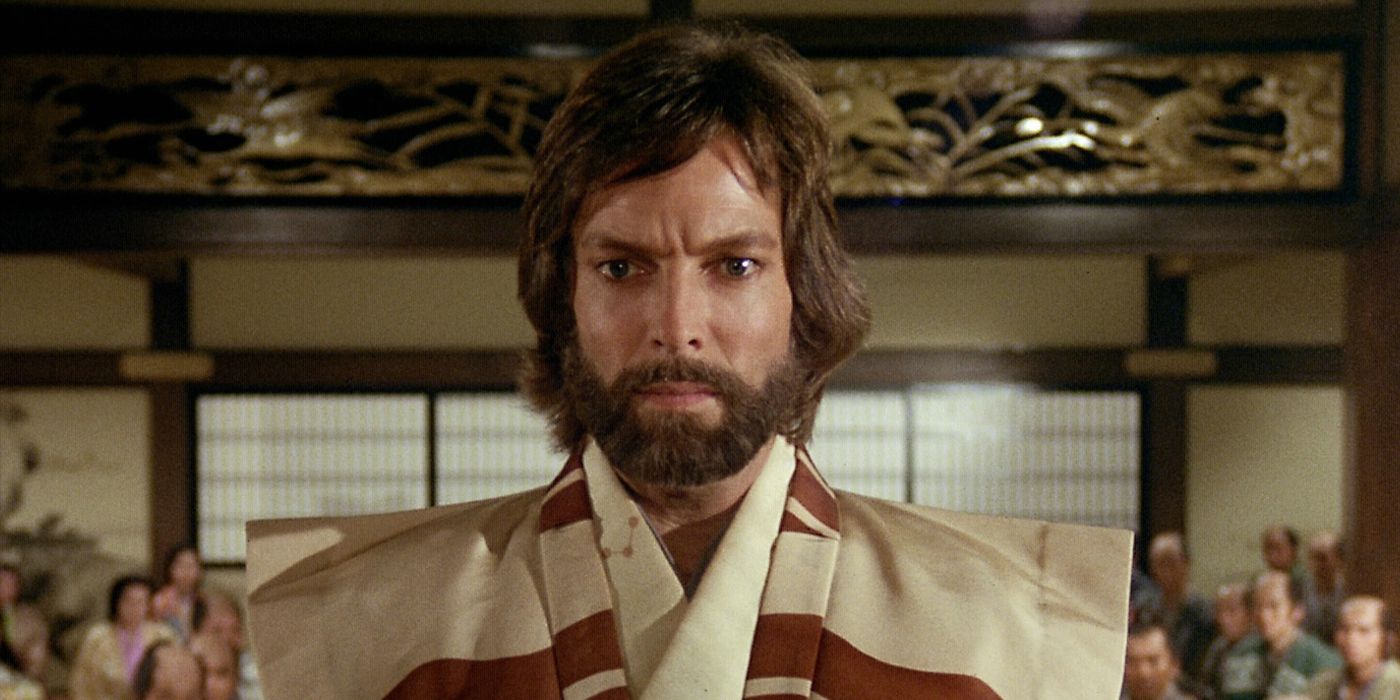
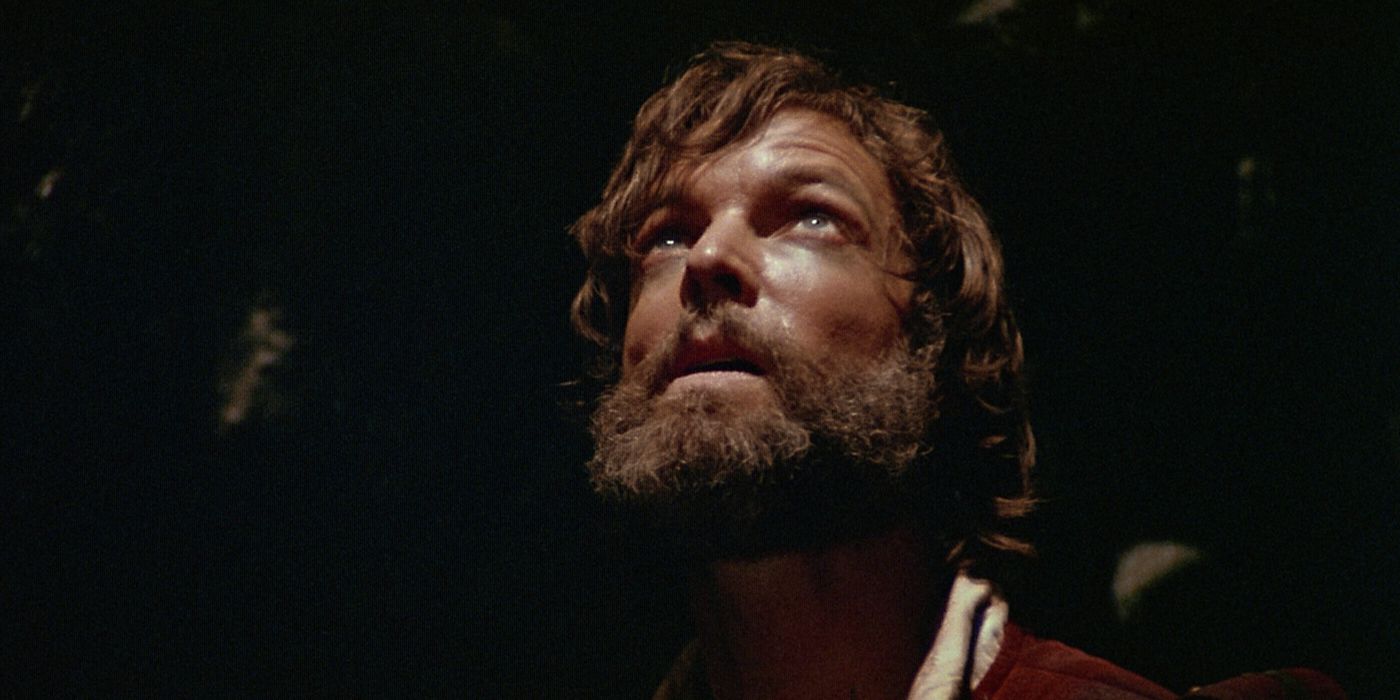
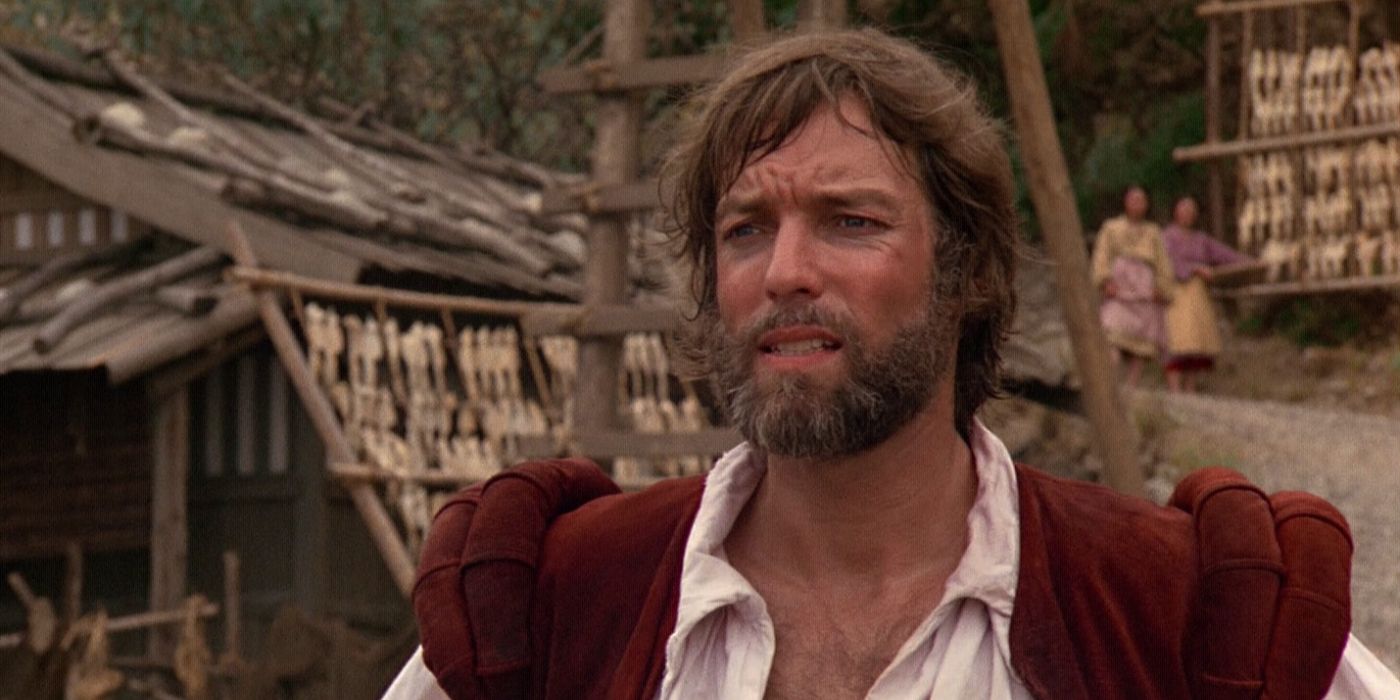
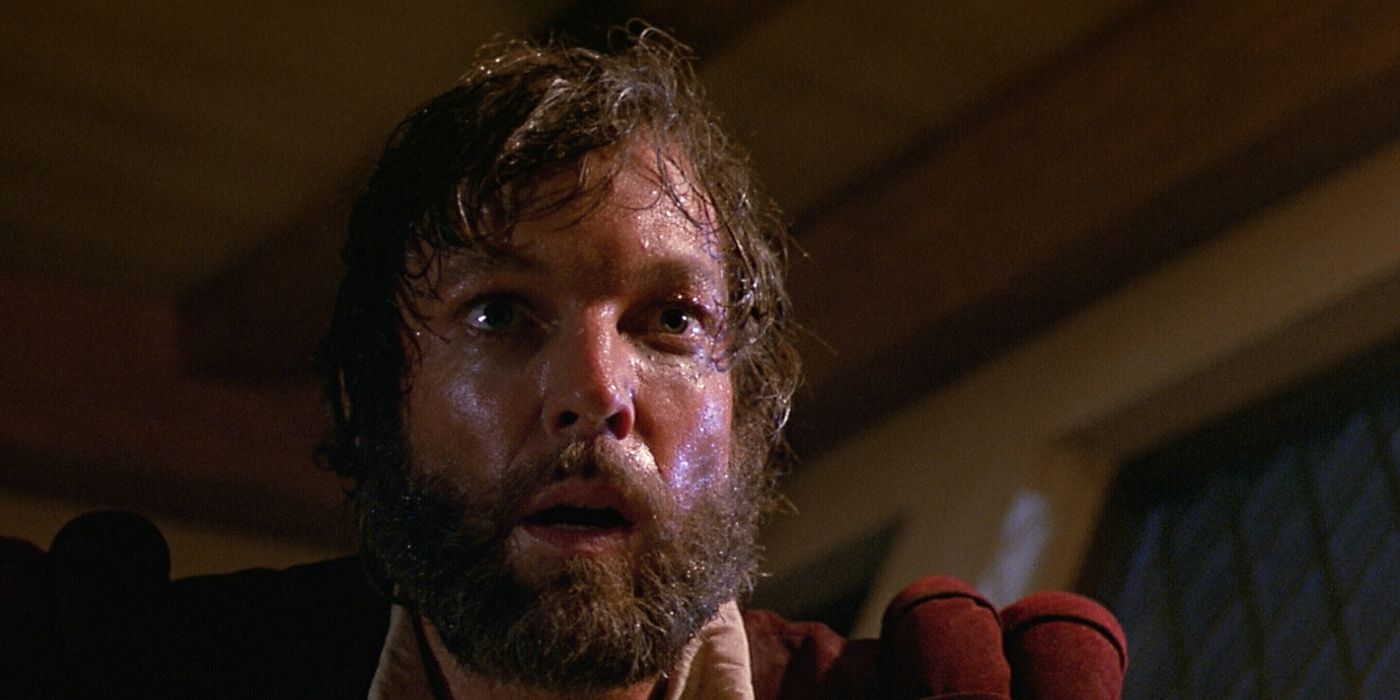
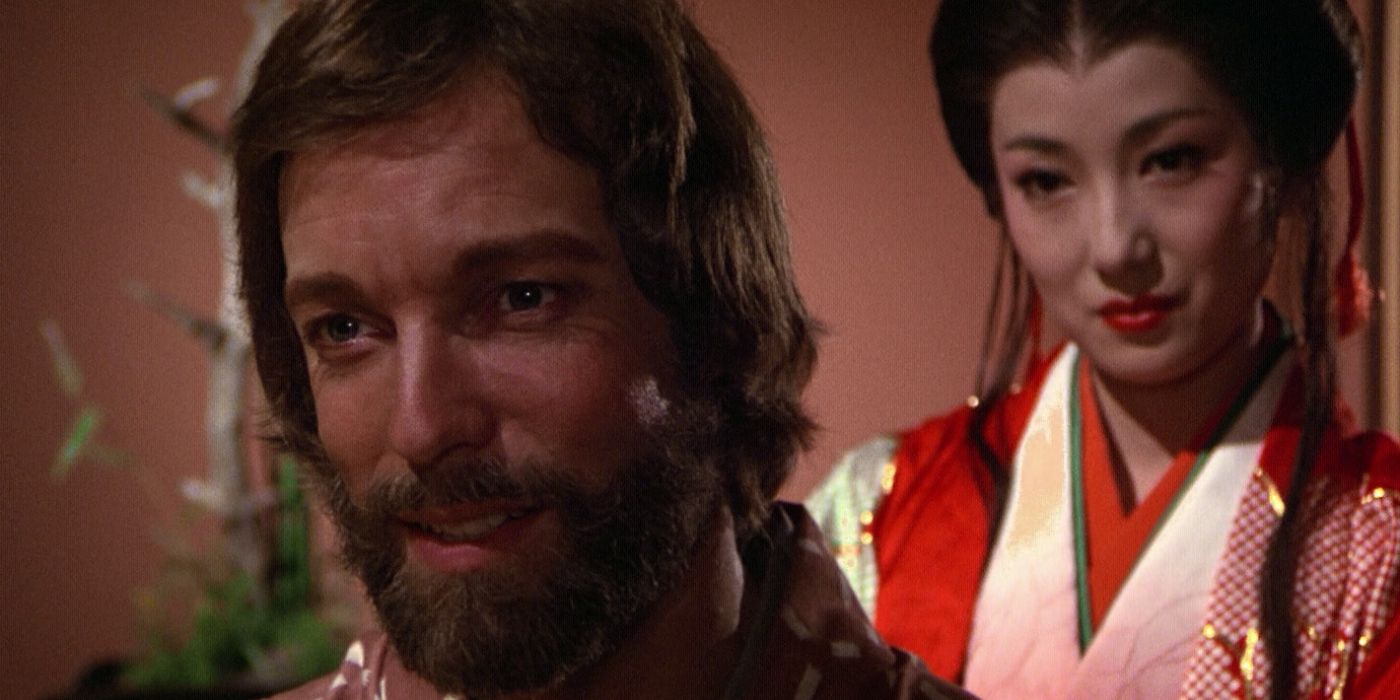
The key difference, then, lies not in tonal presentation but in narrative positioning. John Blackthorne is unquestionably the protagonist: solo, not part of the modern version’s trio. Toranaga and Mariko exist in proxy to him and receive little if any individual screen time. Although Blackthorne isn’t technically a white savior, Shōgun sidelining its Japanese characters in a story about Japanese history is egregiously inappropriate. Unfortunately, that’s not surprising for the time, but context doesn’t absolve critique.
Having said that, it’s impossible to not fall for Richard Chamberlain’s Blackthorne. He’s the ultimate nobleman: self-sacrificial, a hopeless romantic, and a damn good sailor. Blackthorne’s transformation from everyman to hero is a traditional arc that Chamberlain, once described by the New York Times as “the king of the miniseries” and “the Robert Redford of the living room,” plays with full-stop conviction. From the moment Shōgun opens with a showstopping depiction of the shipwreck that strands the Erasmus crew, we’re in the thick of it beside Blackthorne. Such loyalty intensifies when he falls for Mariko. (Fun fact time: Chamberlain’s other popular miniseries, The Thorn Birds, makes him one of the first fictional Hot Priests, and he originated the role of Jason Bourne in 1988’s The Bourne Identity limited series.)
Although the entire Japanese cast is superb, by nature of their limited screentime and interiority, their characters lack the same gravitas, pathos, and complexity of their FX counterparts. This Shōgun doesn’t depict the ways Toranaga’s past informs his present choices, nor does it explore his relationship with the other lords beyond Ishido’s (Nobuo Kaneko) power-grab creating conflict. Toranaga’s meeting with his brother Saeki is tense, but witnessed by Blackthorne and Mariko from afar. Likewise, Toranaga’s pivotal fake surrender doesn’t cause emotional upheaval.
Toshiro Mifune’s Lord Toranaga Is a Standout
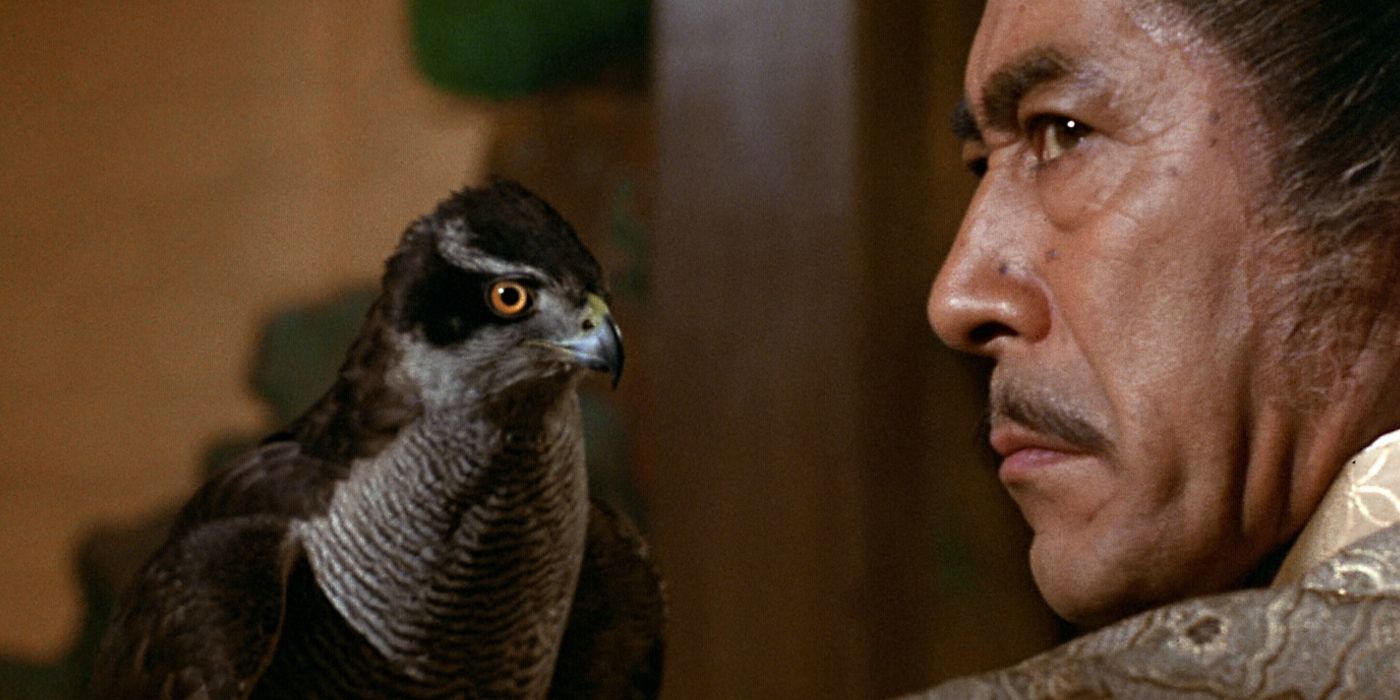
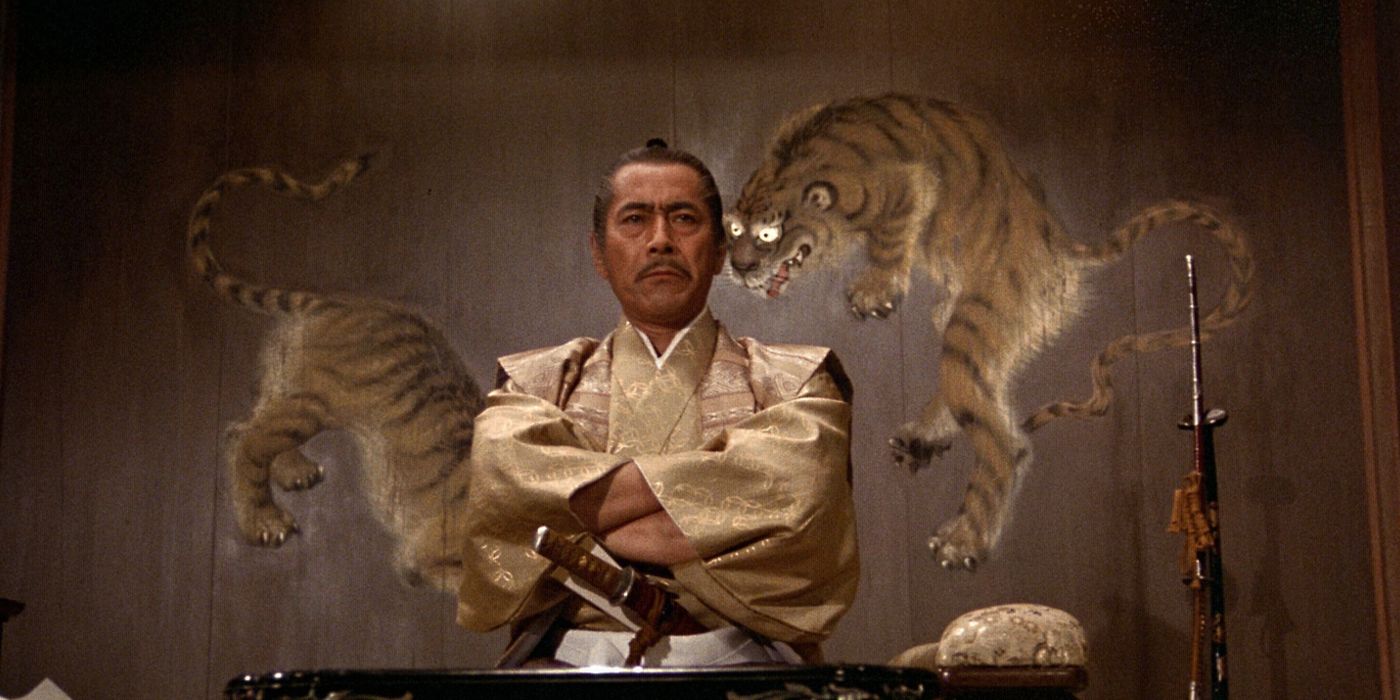
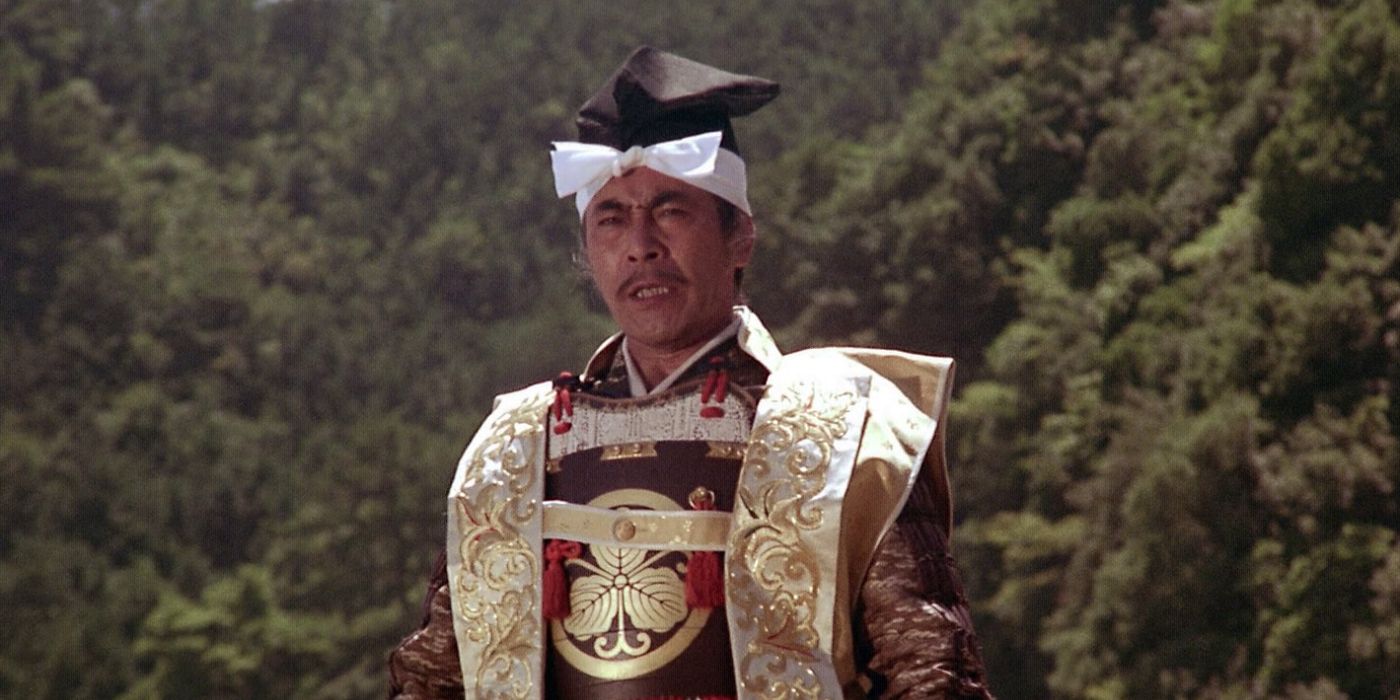
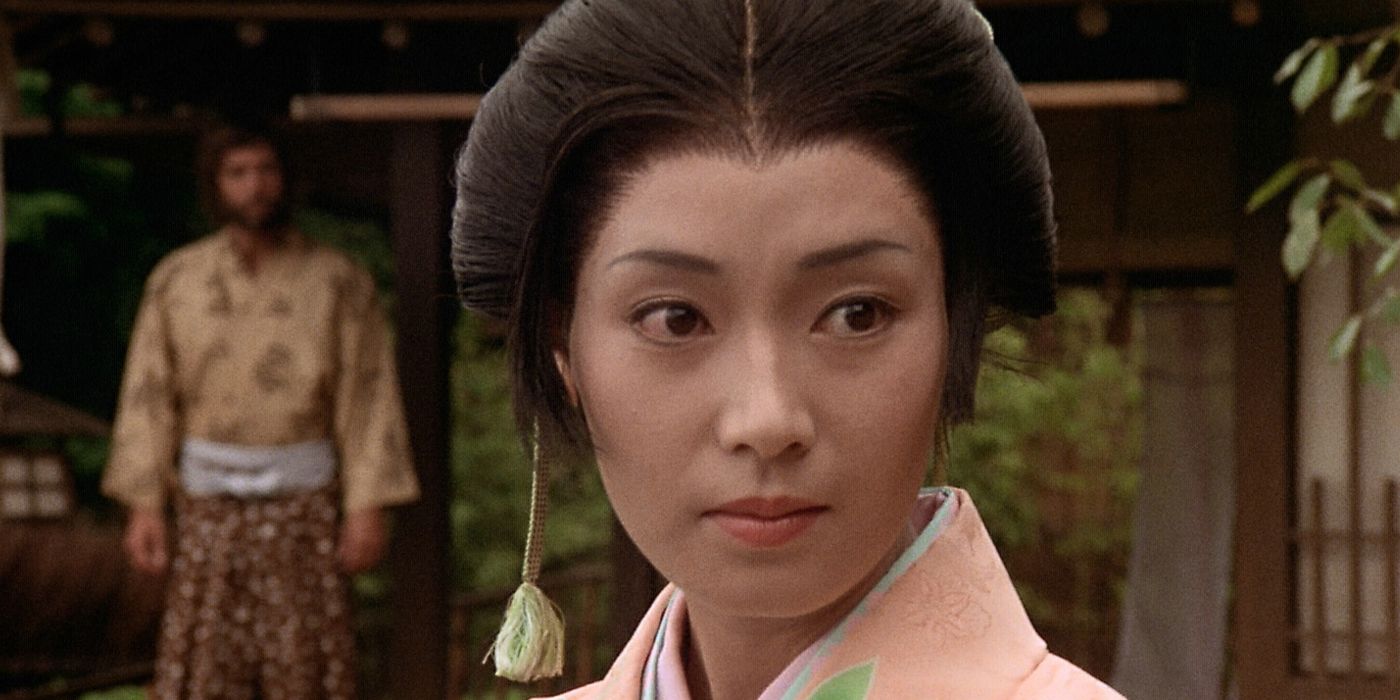
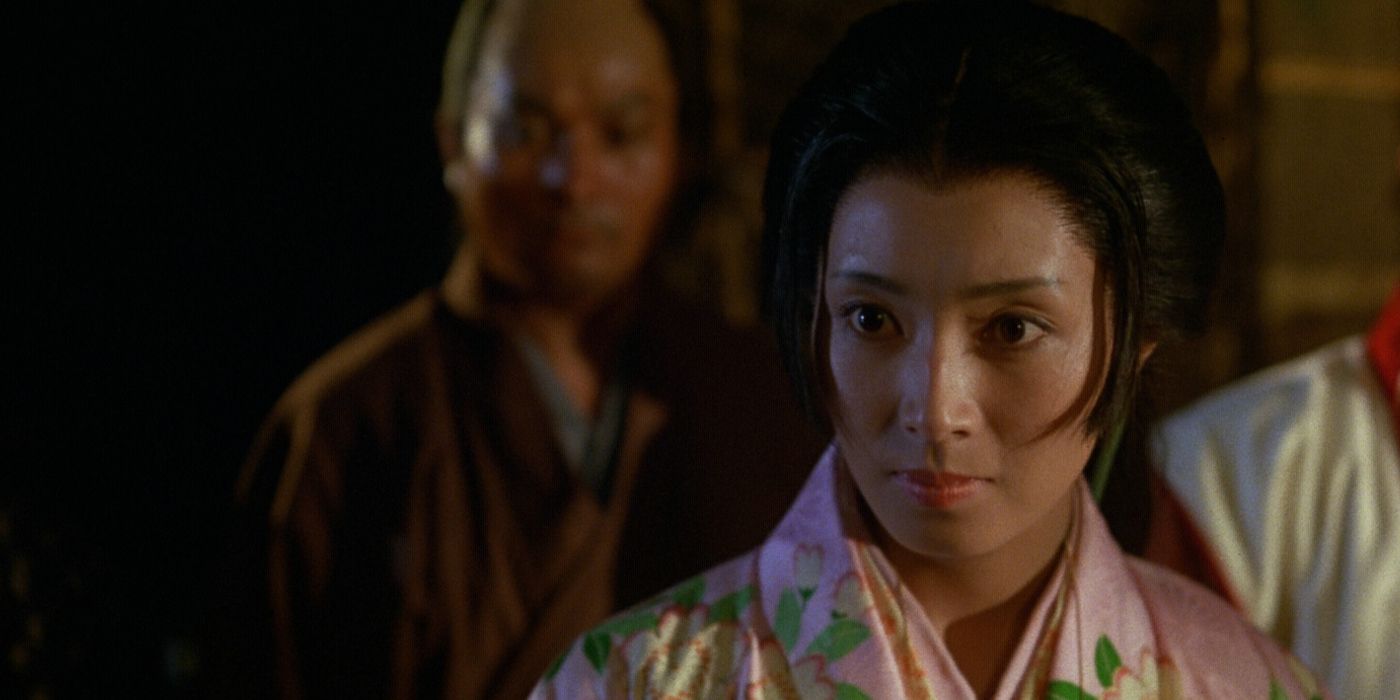
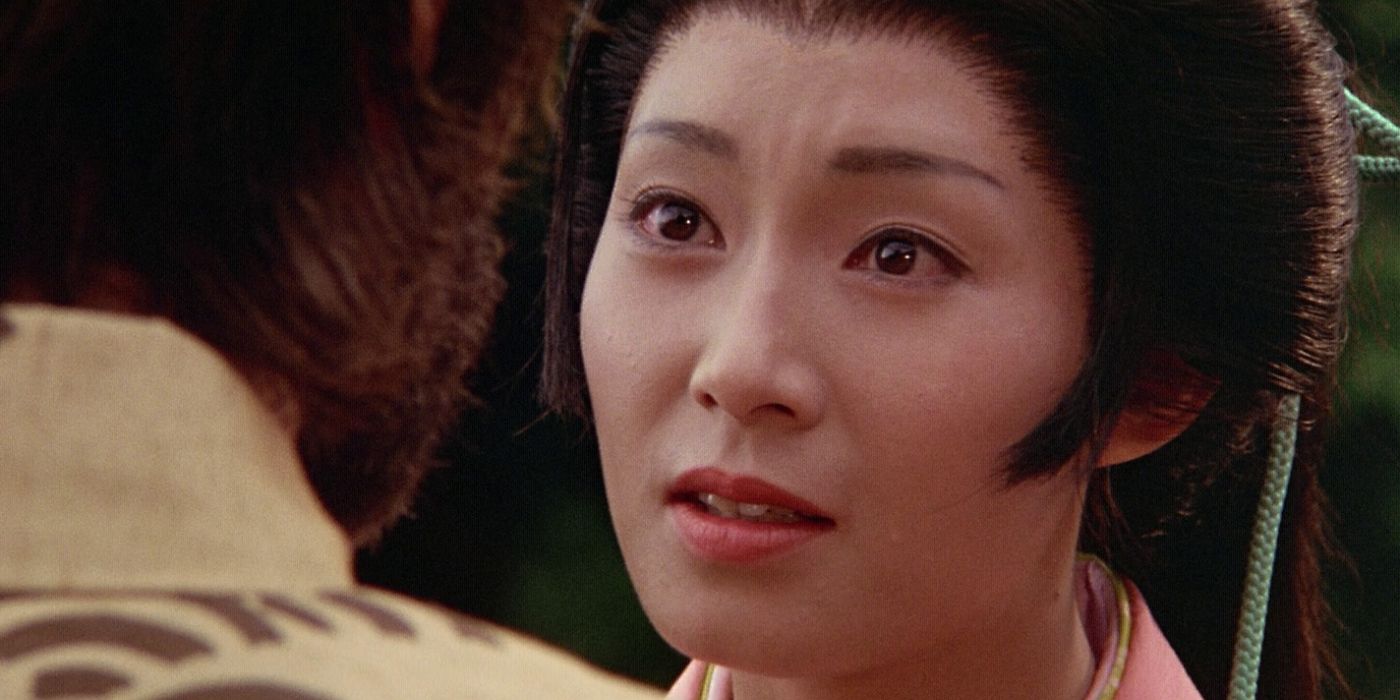
Toshiro Mifune, who needs no introduction, sets the bar for a Toranaga performance despite underwhelming material. He’s dignified, regal, and awe-inspiringly imposing; those sharp eyes suggest a dangerous intellect that Shōgun doesn’t fully reveal until the end. Even though we don’t witness the breadth of his calculations, Mifune is every bit the powerhouse of his reputation, especially when his rousing speech to Yabushige’s (Frankie Sakai, stylized here as Kashigi Yabu) men inspire them to chant his name instead of Yabushige’s. Instead of Hiroyuki Sanada and Cosmo Jarvis‘s competitive swimming act, the unlikely allies bond when Blackthorne overcomes the language barrier and teaches Toranaga a bawdy song-and-dance. It shows the implacable strategist’s lighter side and gives Mifune a wider palette with which to play.
Yôko Shimada’s Lady Mariko personifies reserved grace, quiet cunning, and empathy. On the page, she’s much more welcoming to Blackthorne and confident enough in her sexuality to share a naked bath with him before they become lovers. That rings like a male fantasy more than historical truth. The series reveals her backstory and depicts the aftermath of her husband Buntaro’s (Toru Abe) physical abuse, and these weightier moments are when Yôko Shimada truly shines. For all her superb work, however, Shōgun never gets into Mariko’s head. For example: why does she love Blackthorne enough to repeatedly risk her life? Because the plot requires it. Through no fault of Shimada’s, her Mariko lacks the character detail that makes Anna Sawai’s rendition sing: the immense emotional strength, the haunting heartbreak, the combat savvy, and her relationship with Lady Ochiba (Atsuko Sano).
The same misguided underutilization applies to the rest of the Japanese cast. Shōgun chose not to subtitle the Japanese dialogue so Western audiences would be as confused as Blackthorne. Even if we grant the creatives the benefit of the doubt, distancing these characters and exotifying Japanese culture through the lens of a fascinated English foreigner is Orientalism. Sometimes it’s difficult to have patience with this take even with the “it was 1980” viewpoint, especially since we have the modern series’ correctives. Rachel Kondo notes in her and Marks’s Variety interview, “What we had to come to learn was that by approaching authenticity, it just made the storytelling better.”
FX’s ‘Shōgun’ Is the Version We Deserve
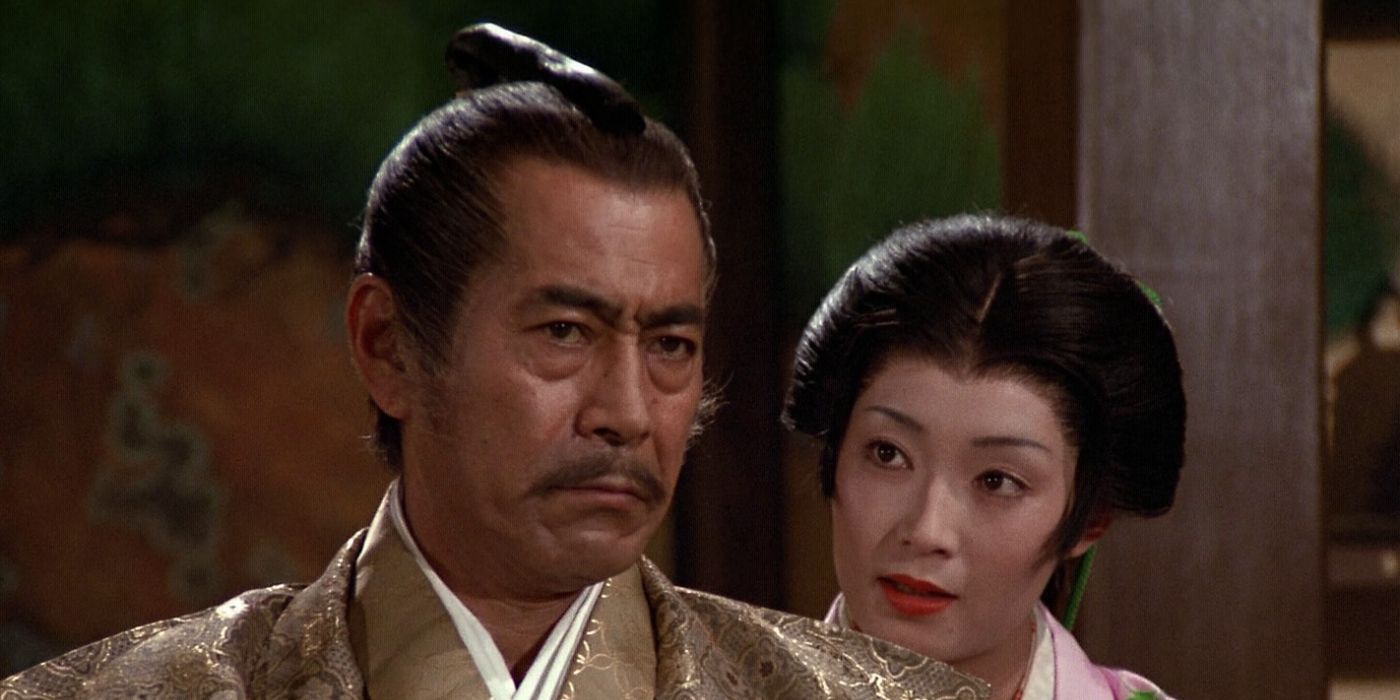
Marks and Kondo’s reinvention, supervised by Hiroyuki Sanada’s daily on-set observations, lets the world breathe. The series soars because of its unerring commitment to exacting accuracy and its embracing of all perspectives. Shōgun depicts Japanese society teetering on the brink of a civil war that reshapes the country. Blackthorne is just one part of a rapidly changing geopolitical landscape. He contributes, but it isn’t his story to tell. This version, the one that enriches its source material and layers politics, greed, suspense, romance, and deadly strife, is the Shōgun we always deserved.
Delightfully enough, Richard Chamberlain told TV Insider in February 2024 that “I can’t wait to see [the new series], actually. That was one of the great experiences of my life.” A flawed adaptation with ambitious production feats and remarkable performances, Shōgun is a time capsule. Admittedly, it’s impossible to argue with Toshiro Mifune as Toranaga. But now, 44 years after NBC aired the original Shōgun, the world is finally listening more responsibly.
New episodes of Shōgun premiere each Tuesday on FX and Hulu in the U.S.




